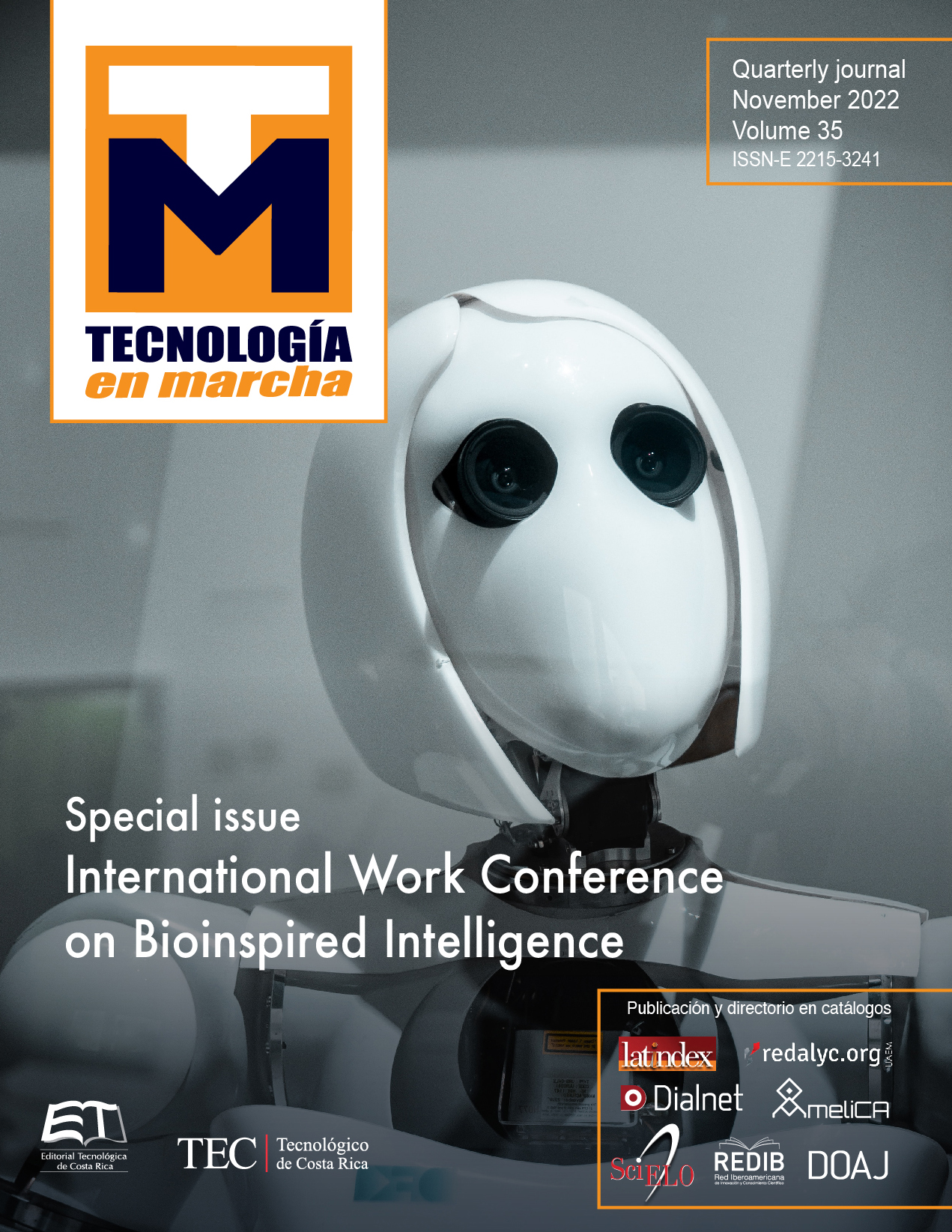Personalized patient ventilation at large scale: Mass Ventilation System (MVS)
Main Article Content
Abstract
This paper describes a Mass Ventilation System (MVS) which serves as a medical ventilator system. It can be used to ventilate large number of COVID-19 patients in parallel (5 – 50+) with personalized respiratory parameters. The system has been designed to be medically suitable for both non-invasive and invasive patient ventilation. It protects healthcare workers with its centralized air filtering solution, it increases the effectiveness of the healthcare workers with its networked communication and it can be operated in a temporary emergency hospital setup. In this paper, we describe the basic concept and building blocks of the system.
Article Details

This work is licensed under a Creative Commons Attribution-NonCommercial-NoDerivatives 4.0 International License.
Los autores conservan los derechos de autor y ceden a la revista el derecho de la primera publicación y pueda editarlo, reproducirlo, distribuirlo, exhibirlo y comunicarlo en el país y en el extranjero mediante medios impresos y electrónicos. Asimismo, asumen el compromiso sobre cualquier litigio o reclamación relacionada con derechos de propiedad intelectual, exonerando de responsabilidad a la Editorial Tecnológica de Costa Rica. Además, se establece que los autores pueden realizar otros acuerdos contractuales independientes y adicionales para la distribución no exclusiva de la versión del artículo publicado en esta revista (p. ej., incluirlo en un repositorio institucional o publicarlo en un libro) siempre que indiquen claramente que el trabajo se publicó por primera vez en esta revista.
References
K. Dhama et al., “Coronavirus Disease 2019–COVID-19,” Clin Microbiol Reviews, vol. 33, no. 4, pp. e00028-20, /cmr/33/4/CMR.00028-20.atom, Jun. 2020.
“Coronavirus disease COVID-19 pandemic | UNDP.” https://www.undp.org/content/undp/en/home/coronavirus.html.
M. F. Bashir et al., “Correlation between environmental pollution indicators and COVID-19 pandemic: A brief study in Californian context,” Environ Res, vol. 187, p. 109652, Aug. 2020.
“Archived: WHO Timeline - COVID-19.” https://www.who.int/news-room/detail/27-04-2020-who-timeline--covid-19.
S. K. Gadre et al., “Acute respiratory failure requiring mechanical ventilation in severe chronic obstructive pulmonary disease (COPD):,” Medicine, vol. 97, no. 17, p. e0487, Apr. 2018.
“MassVentil Project: Large scale ventilation to beat pandemic.” http://massventil.org/en/massventil-project/
“Technical Description - MassVentil.” http://massventil.org/en/technical-description/
K. Iyengar, S. Bahl, Raju Vaishya, and A. Vaish, “Challenges and solutions in meeting up the urgent requirement of ventilators for COVID-19 patients,” Diabetes & Metabolic Syndrome: Clinical Research & Reviews, vol. 14, no. 4, pp. 499–501, Jul. 2020.
S. Comunian, D. Dongo, C. Milani, and P. Palestini, “Air Pollution and COVID-19: The Role of Particulate Matter in the Spread and Increase of COVID-19’s Morbidity and Mortality,” Int J Environ Res Public Health, vol. 17, no. 12, Jun. 2020.
M. Urrutia-Pereira, C. A. Mello-da-Silva, and D. Solé, “COVID-19 and air pollution: A dangerous association?,” Allergol Immunopathol (Madr), Jul. 2020.
G.L. (1994) Historical perspective on the development of mechanical ventila-tion. In: Tobin M.J. (Hrsg.), Principles and practice of mechanical ventilation. 1 – 35.
L. Brochard, “Mechanical ventilation: invasive versus noninvasive,” European Respiratory Journal, vol. 22, no. Supplement 47, pp. 31s–37s, Nov. 2003.
M. M. Feinstein et al., “Considerations for ventilator triage during the COVID-19 pandemic,” Lancet Respir Med, Apr. 2020.
D. L. Buckeridge et al., “An infrastructure for real-time population health assessment and monitoring,” IBM J. Res. & Dev., vol. 56, no. 5, pp. 2:1-2:11, Sep. 2012.
Y. Han and H. Yang, “The transmission and diagnosis of 2019 novel coronavirus infection disease (COVID‐19): A Chinese perspective,” J Med Virol, vol. 92, no. 6, pp. 639–644, Jun. 2020.
“Draeger Pulmotor | Wood Library-Museum.” https://www.woodlibrarymuseum.org/museum/item/96/draeger-pulmotor
Division of Pulmonology and Respiratory Intensive Care Unit, San Donato Hospital, Arezzo, Italy et al., “Ventilator Support and Oxygen Therapy in Palliative and End-of-Life Care in the Elderly,” Turk Thorac J, vol. 21, no. 1, pp. 54–60, Feb. 2020.
“Ventilators | Clinical Gate.” https://clinicalgate.com/ventilators/ (accessed Aug. 31, 2020).
“Non-invasive ventilation as long as possible.” https://www.draeger.com/en_me/Hospital/Acute-Care-Insights/ Respiratory-Care/Mechanical-Ventilation/Prevent.
“LOOK: Ventilator Hack from Canada - Genius doctor transforms 1 ventilator to 9! - Healthcare Channel COVID-19.” https://healthcarechannel.co/look-ventilator-hack-from-canada-genius-doctor-transforms-1-ventilator-to-9/
“About | Individualized System for Augmenting Ventilation Efficacy (iSAVE).” https://i-save.mit.edu/
“Home — Breathing Aid.” https://www.breathing-aid.org/homeen
“Downloads - MassVentil.” http://massventil.org/en/downloads
Ernst Bahns, “The Breathing-Book: Spontaneous breathing during artificial ventilation”, Drager. Technology for Life, pg 1-80.
Ernst Bahns, “It began with the Pulmotor: The History of Mechanical Ventilation”, Drager. Technology for Life, pg 1-114.

